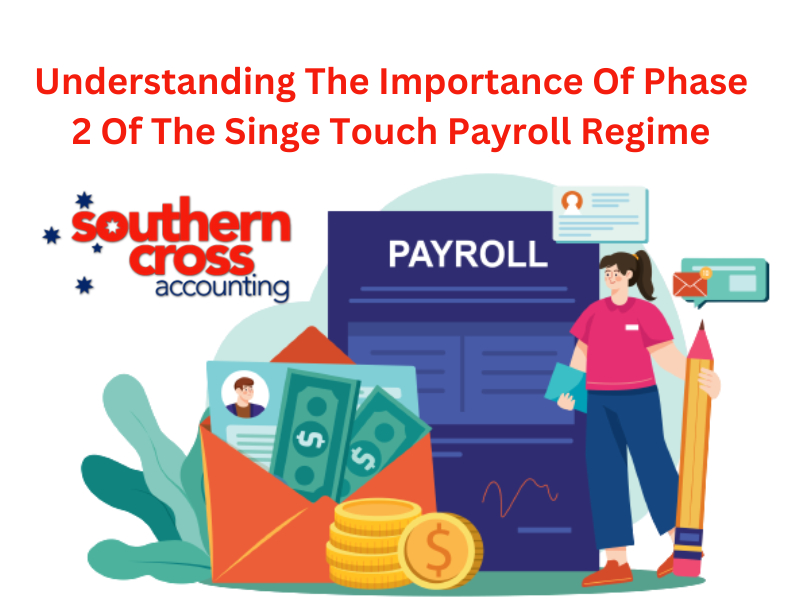After the early stages of one-touch payroll, businesses have steadily adopted the system, making it much easier for employers to submit payroll information. It has also made it easier to gather important information to the Australian Tax Office (ATO). In 2018, the system became mandatory for large companies, and in 2019, the STP system became mandatory for small businesses.
With the introduction from the 1st of January 2022, the government has rolled out Single Touch Payroll Phase 2. With the additional requirements also come to the additional benefits. In order to better understand the changes, it is recommended to get professional assistance for the same though your STP software should be enabled to walk you through implementing Phase 2.
What Is STP Phase 2?
Before we get to the benefits, you may want to know a little more about Phase 2 of the Single Touch Payroll rollout. Phase 1 will make it easier for Australian businesses to submit salary information to the Australian Inland Revenue. An STP-enabled system automatically sends payroll data to the ATO when sending payroll information to their internal systems. The STP streamlines the process and eliminates the need for filing additional reports at the end of each tax year. In the first phase of the rollout, STP will automatically report collected information such as salaries and wages, super liability information, taxes, withholding tax (PAYG) and pension plans. In the second stage, companies are required to submit additional information.
What Is The Information Required in STP Phase 2?
Phase 2 of STP is expected to come into effect at the start of 2022. Phase 2 aims to further streamline reporting obligations by removing the need for manual reporting to other government agencies. Reporting requirements are also changing to better assist employees in completing their Individual Income Tax Returns (ITR).
Businesses need to prepare for the rollout of phase 2 as reporting will be further complicated. Voluntary reporting began on the 1st of January 2021, but mandatory reporting will commence on the 1st of January 2022. STP Phase 2 requires a more comprehensive data set to allow employees to complete their personal income tax returns.
Additional Salary Information Required for STP Phase 2:
- Income
- Bonuses and Commissions
- Executive Compensation
- Paid Time Off
- Deductions
- Car Expenses
- Travel Expenses
- Accommodation
- Employee Tax Rates
Benefits Of STP Phase 2
The first phase of STP implementation sought to streamline the payroll process with quick and easy submissions. The second phase reduces redundancy in the reporting and submission process. This prevents errors and makes tax filing easier for both employers and employees, as much data is already recorded. Employers no longer need to submit separately:
- Separation Certificate.
- Summary of Wages.
- Payment Summary Annual Report
- Report on monthly child support deductions.
- Employee Tax ID Declaration.
There are also numerous benefits for employees, ultimately simplifying their annual tax reporting processes. The inclusion of the STP Phase 2 will:
- Ensure more accurate payments from employers.
- Workers will have less income-related debt.
- Income changes are easier to read.
- Reduced reporting errors.
- Fairer Debt Capacity Analysis.
Ultimately, including STP Phase 2 will reduce the workload and errors for employers (and their accountants) and employees. However, to take advantage of Single Touch Payroll Phase 2, companies must ensure they comply with the new STP requirements. If you have any issues implementing Phase 2 in your business we recommend you contact one of our accountants at the Victoria Point office.

